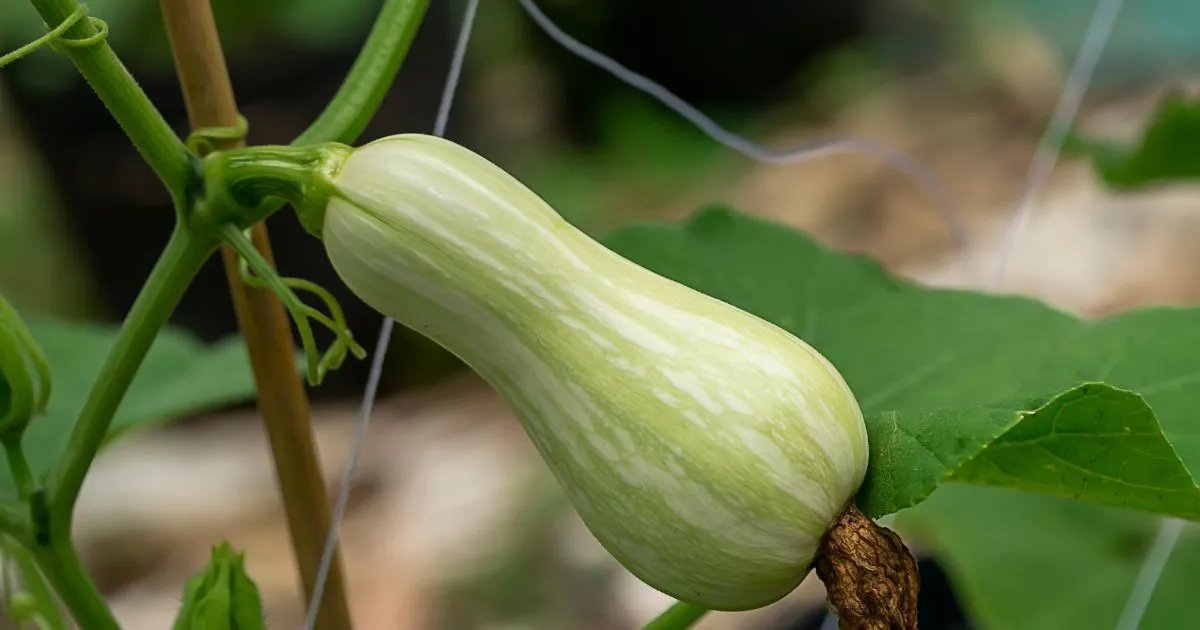Table of Contents
Growing squash in a container is an excellent way to enjoy fresh, homegrown vegetables even if you have limited garden space. Squash plants are known for their prolific production and versatility in the kitchen, making them a favorite among gardeners. Whether you’re growing summer squash like zucchini or winter varieties like butternut, container gardening can be a rewarding experience. This article will guide you through the entire process, from selecting the right container to harvesting your squash.
Growing Squash in a Container, Why ?
Space Efficiency
One of the primary reasons to grow squash in a container is space efficiency. Traditional squash plants can spread out over a large area, which can be problematic for those with limited garden space. Container gardening allows you to grow squash on patios, balconies, or even indoors, making it accessible to urban gardeners.
Pest Control
Growing squash in containers can also help with pest control. Squash plants are often targeted by pests like squash bugs and vine borers. When grown in containers, these plants are easier to monitor and protect, reducing the likelihood of infestations.
Mobility
Containers offer the advantage of mobility. If your squash plants need more sunlight or protection from harsh weather, you can easily move the containers to a more suitable location.
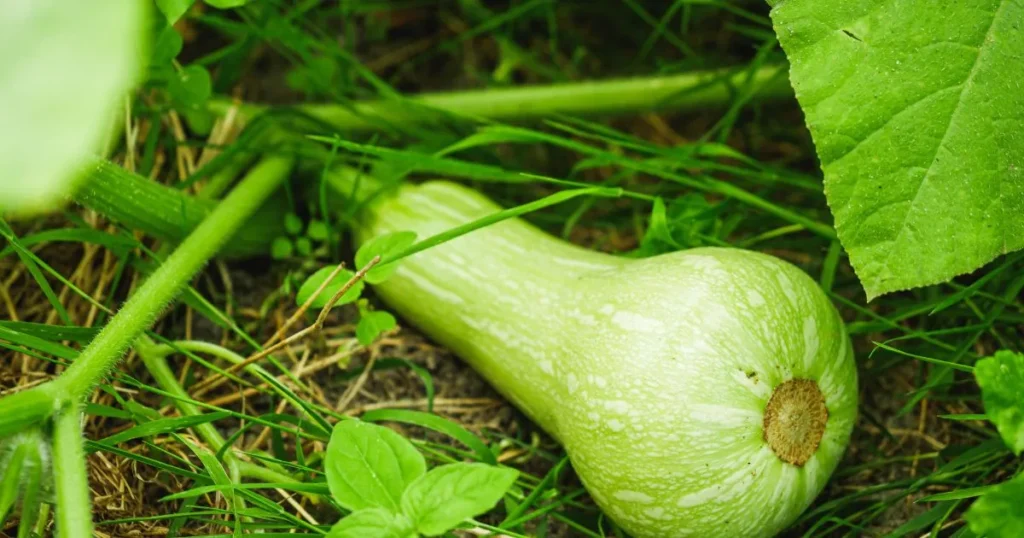
Choosing the Right Container
Size Matters
When it comes to growing squash in a container, size is crucial. Squash plants have extensive root systems, so you’ll need a large container. A 5-gallon pot is the minimum size recommended, but a 10- to 15-gallon container is ideal for optimal growth.
Material Considerations
Containers come in various materials, including plastic, ceramic, and fabric. Each has its pros and cons. Plastic containers are lightweight and inexpensive but may not provide adequate insulation. Ceramic pots are heavier and more stable but can be costly. Fabric pots offer excellent aeration and root pruning but may require more frequent watering.
Drainage is Key
Regardless of the material, ensure your container has adequate drainage holes. Squash plants prefer well-draining soil, and waterlogged roots can lead to root rot and other diseases.
Selecting the Right Squash Variety
Summer Squash
Summer squash varieties like zucchini and yellow squash are popular choices for container gardening. They have a shorter growing season and produce fruit quickly, making them ideal for those who want a fast harvest.
Winter Squash
Winter squash varieties like butternut and acorn squash have a longer growing season but offer the benefit of storage. These varieties can be stored for months after harvest, providing a continuous supply of fresh squash.
Bush vs. Vining Varieties
When choosing a squash variety, consider whether it’s a bush or vining type. Bush varieties are more compact and better suited for container gardening. Vining varieties can also be grown in containers but will require trellising or support to manage their growth.
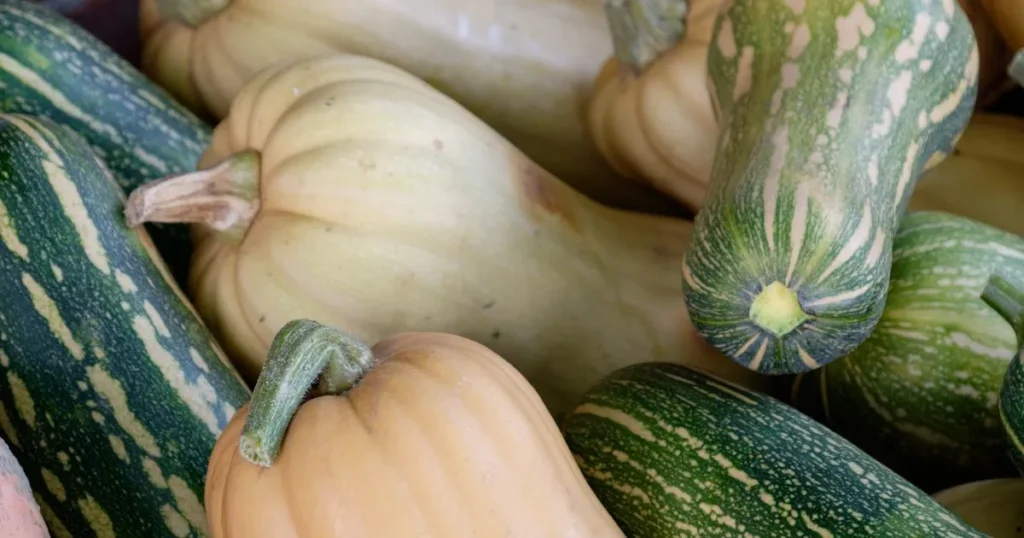
Soil Preparation
Quality Potting Mix
Squash plants thrive in rich, well-draining soil. Use a high-quality potting mix that includes organic matter like compost or well-rotted manure. Avoid using garden soil, as it can compact in containers and hinder root growth.
pH Levels
Squash plants prefer a slightly acidic to neutral pH, ranging from 6.0 to 7.0. You can test the pH of your potting mix using a soil test kit and adjust it if necessary by adding lime to raise the pH or sulfur to lower it.
Fertilization
Squash plants are heavy feeders, so it’s essential to provide them with adequate nutrients. Incorporate a balanced, slow-release fertilizer into the potting mix at planting time. Additionally, you can use a liquid fertilizer every two to three weeks during the growing season to ensure continuous nutrient supply.
Planting Squash in Containers
Seed Starting
You can start squash seeds directly in the container or transplant seedlings. If starting from seeds, plant two to three seeds per container, about an inch deep. Once the seedlings emerge, thin them to the strongest plant.
Transplanting Seedlings
If you’re using seedlings, ensure they are healthy and free from pests or diseases. Gently remove the seedling from its original pot, being careful not to damage the roots. Plant it in the center of the container, ensuring the soil level matches that of the original pot.
Spacing
Even though you’re growing squash in a container, proper spacing is essential. Overcrowding can lead to poor air circulation and increased susceptibility to diseases. Ensure each plant has enough space to grow, and consider using only one plant per container for optimal results.
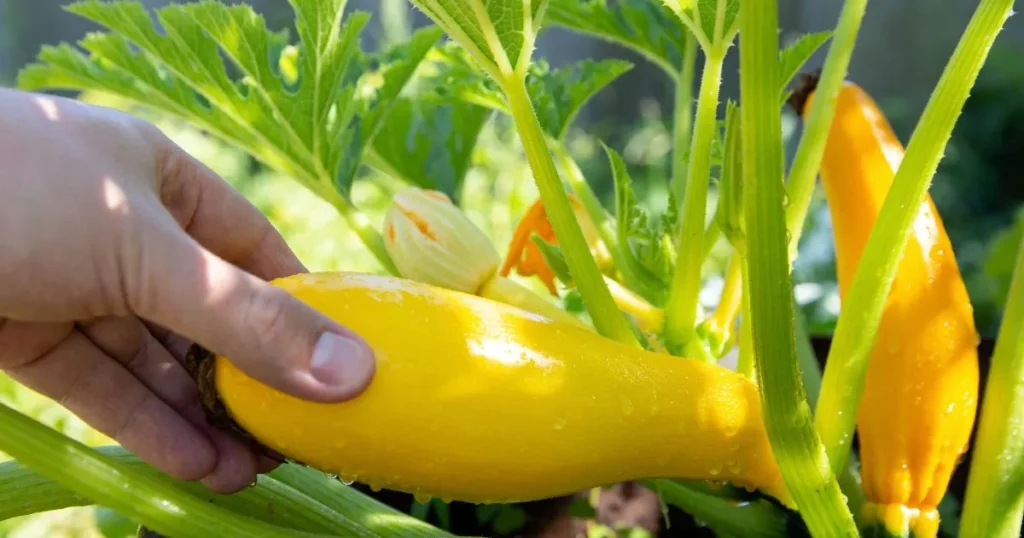
Watering and Mulching
Consistent Moisture
Squash plants require consistent moisture to thrive. Water the plants deeply whenever the top inch of soil feels dry. Avoid overhead watering, as wet foliage can lead to fungal diseases. Instead, water at the base of the plant to keep the leaves dry.
Mulching Benefits
Mulching can help retain soil moisture and regulate soil temperature. Use organic mulch like straw or shredded leaves, applying a 2-3 inch layer around the base of the plant. Mulching also helps suppress weeds, which can compete with squash plants for nutrients.
Providing Support
Trellising
For vining squash varieties, trellising is essential. Use a sturdy trellis or support structure to guide the vines upward. This not only saves space but also improves air circulation, reducing the risk of diseases.
Pruning
Pruning can help manage the growth of squash plants and improve fruit production. Remove any dead or diseased leaves and trim back excessive growth to encourage the plant to focus its energy on producing fruit.
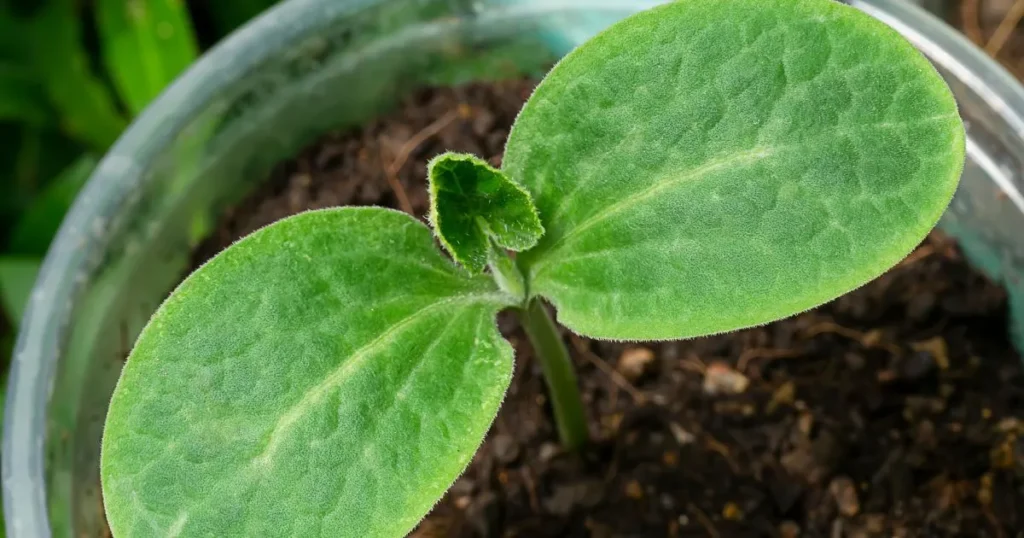
Pest and Disease Management
Common Pests
Squash plants are susceptible to pests like squash bugs, vine borers, and aphids. Regularly inspect your plants for signs of infestation and take immediate action if pests are detected. Use organic pest control methods like neem oil or insecticidal soap to manage pests.
Disease Prevention
Fungal diseases like powdery mildew can affect squash plants. Ensure proper air circulation by spacing plants adequately and avoiding overhead watering. If you notice signs of disease, remove affected leaves and treat the plant with a fungicide if necessary.
Harvesting Squash
Summer Squash
Summer squash should be harvested when the fruit is young and tender, typically when it reaches 6-8 inches in length. Regular harvesting encourages the plant to produce more fruit.
Winter Squash
Winter squash is ready for harvest when the skin hardens and the fruit reaches its full size. Use a sharp knife or pruning shears to cut the fruit from the vine, leaving a few inches of stem attached.
Storage
Summer squash is best consumed fresh but can be stored in the refrigerator for up to a week. Winter squash can be stored in a cool, dry place for several months.
Conclusion
Growing squash in a container is a practical and rewarding way to enjoy fresh, homegrown vegetables, even with limited space. By selecting the right container, soil, and squash variety, and providing proper care, you can achieve a bountiful harvest. Whether you’re a seasoned gardener or a beginner, container gardening offers a flexible and accessible way to grow squash. With the tips and guidelines provided in this article, you’ll be well on your way to enjoying the fruits of your labor.
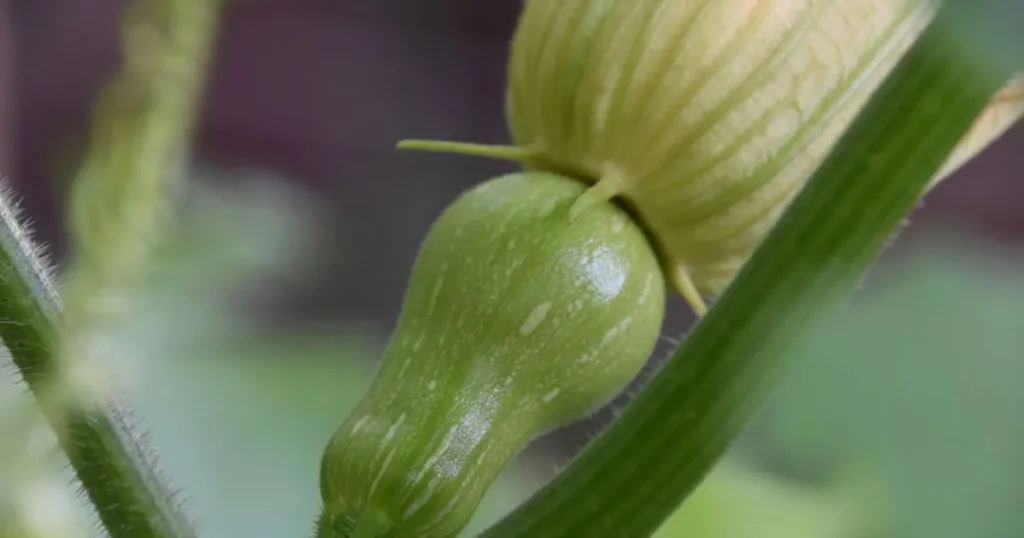
FAQs
Can I grow squash in a small container?
While it’s possible to grow squash in a small container, it’s not recommended. Squash plants have extensive root systems and require a large container, ideally 10-15 gallons, for optimal growth.
How often should I water my container-grown squash?
Water your container-grown squash whenever the top inch of soil feels dry. Consistent moisture is essential, but avoid overwatering to prevent root rot.
Do squash plants need full sun?
Yes, squash plants require full sun, meaning at least 6-8 hours of direct sunlight per day. Ensure your container is placed in a sunny location.
Can I grow both summer and winter squash in the same container?
It’s not advisable to grow both summer and winter squash in the same container. They have different growing requirements and may compete for resources, leading to reduced yields.
How do I prevent pests from attacking my container-grown squash?
Regularly inspect your plants for signs of pests and take immediate action if detected. Use organic pest control methods like neem oil or insecticidal soap, and ensure proper air circulation to reduce the risk of infestations.

